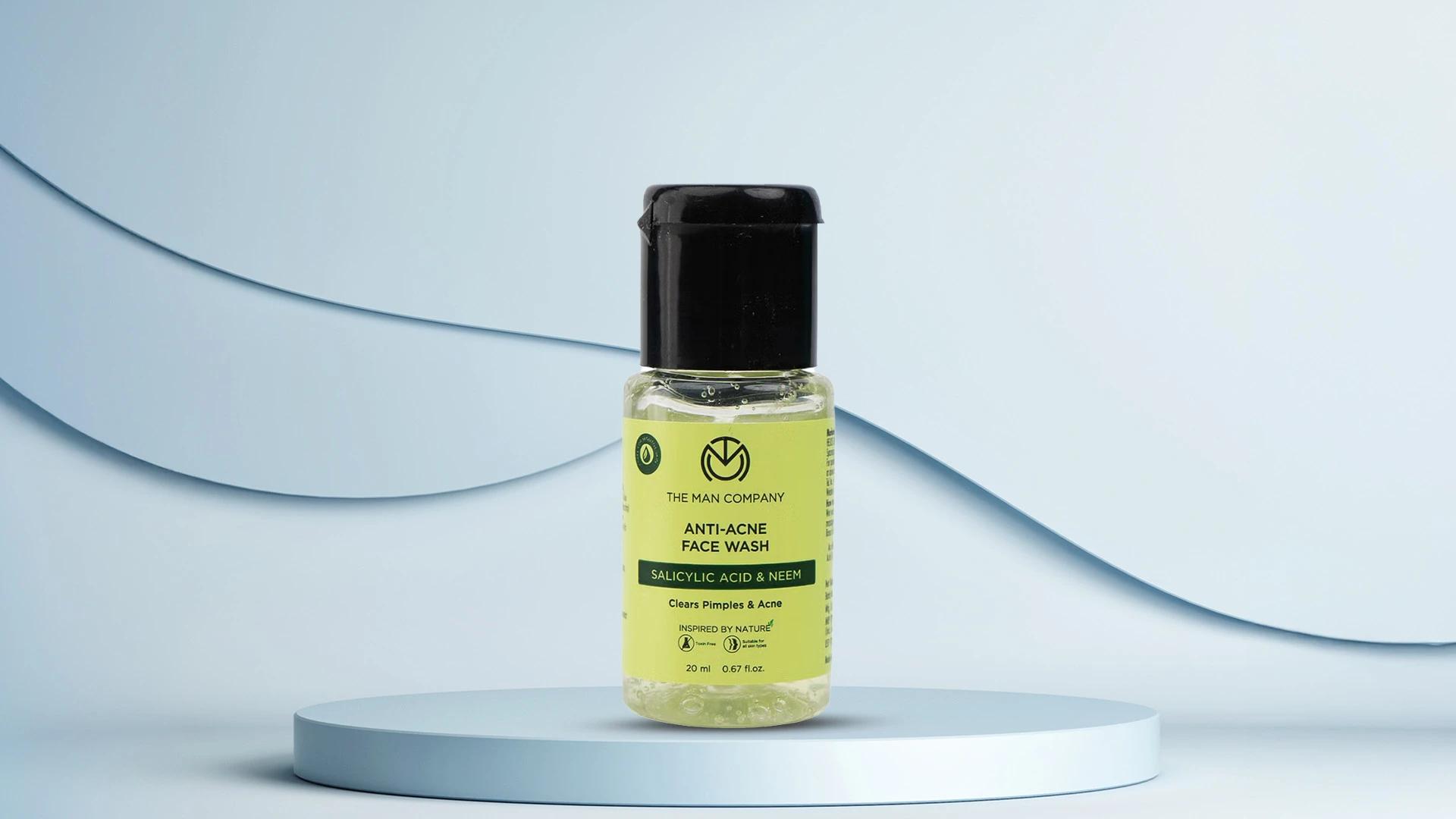Think azelaic acid cream might just be your skin's next favourite thing? You're onto something brilliant. This gentle yet effective ingredient has been quietly winning hearts in the acne treatment world, and it's about time more people discovered what all the fuss is about. Unlike some of its more dramatic skincare siblings, azelaic acid cream works behind the scenes to tackle breakouts, calm irritation, and brighten your complexion—all without being harsh or aggressive. Whether you're dealing with stubborn spots, uneven skin tone, or redness that just won't quit, this multi-tasking wonder could be exactly what your routine's been missing.
Understanding Azelaic Acid Cream
Let's get real about what azelaic acid actually is. This naturally occurring compound comes from grains like wheat and barley, making it one of the gentler options in the acne treatment lineup. Unlike some ingredients that can leave your skin feeling like it's been through a washing machine, azelaic acid cream works more like that friend who always gives you honest but kind advice—effective without being brutal.
What makes this ingredient special is how it tackles acne on multiple fronts. It helps unclog pores by gently encouraging skin cell turnover, reduces the bacteria that contribute to breakouts, and calms inflammation that makes spots look angry and red. But here's where it gets interesting—azelaic acid cream doesn't just stop at acne treatment. It's also brilliant for rosacea relief, helping to reduce the persistent redness that can make your cheeks look perpetually flushed. Plus, it works as a skin brightening agent, gradually fading dark spots and helping create a more even skin tone.
The Science Behind Azelaic Acid
The magic of azelaic acid lies in its impressive anti-inflammatory skincare properties. When your skin gets irritated—whether from acne, environmental factors, or just life being life—inflammation is often the culprit behind redness, swelling, and discomfort. Azelaic acid cream steps in like a calm mediator, helping to soothe these inflammatory responses without suppressing your skin's natural healing processes.
What's equally brilliant is its antibacterial effects. The bacteria that contribute to acne don't stand much chance against azelaic acid, which helps reduce their numbers without completely wiping out your skin's beneficial microbiome. This pore-clearing product also provides gentle exfoliation, helping to remove dead skin cells that can clog pores and lead to blackheads and whiteheads. Think of it as a very polite bouncer—it removes what shouldn't be there while being respectful to everything else.
Choosing the Right Azelaic Acid Product
Not all azelaic acid creams are created equal, and finding your perfect match involves understanding the different strengths available. You'll typically find concentrations ranging from 10% to 20%, with some over-the-counter skincare options sitting at the lower end and prescription formulations reaching higher percentages.
For most people starting their azelaic acid journey, a 10% concentration is worth a try. It's gentle enough for daily use while still being effective for mild to moderate acne and skin brightening. If you've got more stubborn concerns or your skin handles active ingredients well, a 15% or 20% formula might be your kind of pick. The key is starting slow and seeing how your skin responds—there's no rush to jump to the strongest option straight away.
When choosing a product, consider your skin type and what else you're using in your routine. Some formulations are lighter and more suitable for oily skin, while others have a creamier texture that works better for dry or sensitive skin types.
How to Apply Azelaic Acid Cream for Acne Treatment


 15 ml
15 ml Combo
Combo 30ML
30ML 30 ml
30 ml